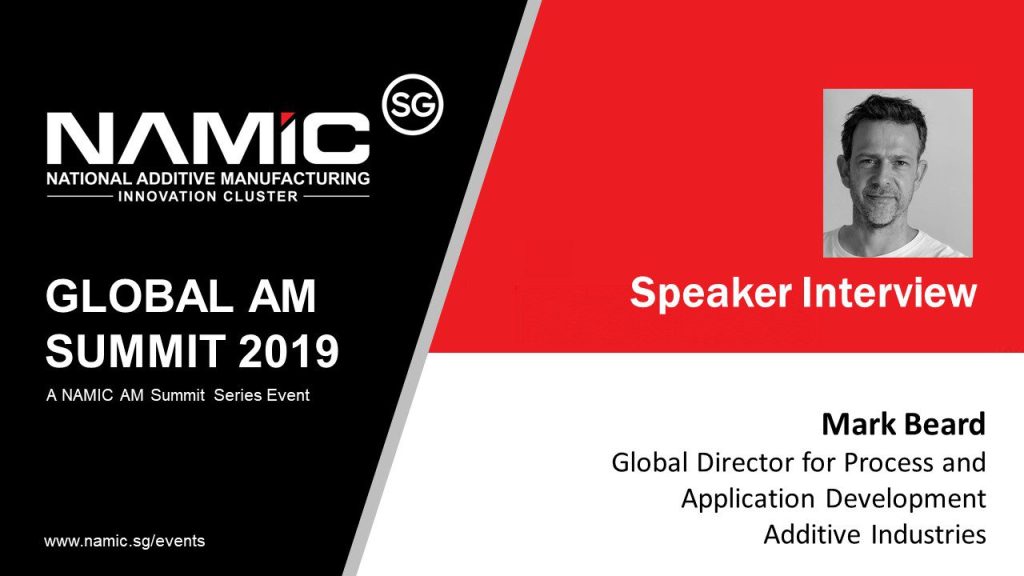- What does the Future of Manufacturing mean to you and your company?
Manufacturing is changing. It’s no longer about simply making physical products. The customer requires greater integration, customisation, personalisation and experiences from their products. In order to achieve this future in on-demand production, the AM equipment has to move from prototyping to industrial equipment capable of series production. The Future of Manufacturing to Additive Industries means developing AM equipment that is capable of making large step improvements in productivity, reproducibility and flexibility in order to fulfill these requirements.
- Sustainability is the latest buzz word. How is your organization embracing it?
Sustainability is an important topic and embraced throughout the whole Additive Industries organisation. Whether this is through enabling shorter value chains with our global network of Process and & Application Development Centres, or enabling more cost and resource efficient production through both the machines we build and the technology we supply. For us sustainability is also providing technology that is future proof, which we safeguard by allowing modular upgrades and updates of hardware and software.
- Industry 4.0 – where is this Revolution leading towards?
Industry 4.0 is will be an integral part of the future for AM. Smart factories and lights out manufacturing are the next evolution of manufacturing. We believe that smart AM machinery equipped with full sensing along the complete process chain, combined with cyber-physical systems and digital twins, will be the next big step for our industry.
- What are the key factors to consider in adopting technologies to achieve a Digital Manufacturing Environment?
There are many factors to consider in achieving a Digital Manufacturing Environment. Implementing a fully digital solution has been mainly limited for large organisations due to current costs and the digital skills needed within the organisation. However, the key really lies with the manufacturing system at the heart of the production line. If this this system is fully instrumented and the process understood well enough so it can be modelled, then the possibilities and advantages of a full Digital Manufacturing Environment really open up. In the end we need to remember that it all starts with the design engineer.
- Please share your take on the process and trends of AM Material and importance materials development for AM adoption.
Material development is the gateway to new applications, while process development then drives cost and expands the uses. My presentation at the conference will elaborate further on this important topic.
- What can be done to further expand the potential of 3D Printing?
New developments in processes, materials and applications is going to continue to happen in 3D printing. However, this shouldn’t be a barrier to adoption as so much can already be done with the technologies we already have. I feel that education along with helping customers feel confident to start their AM journey and bridge the information gap, is critical to expanding the potential of 3D printing. This will ensure a predictable and competitive business case so additive manufacturing can win from conventional fabrication technologies and their limitations.

